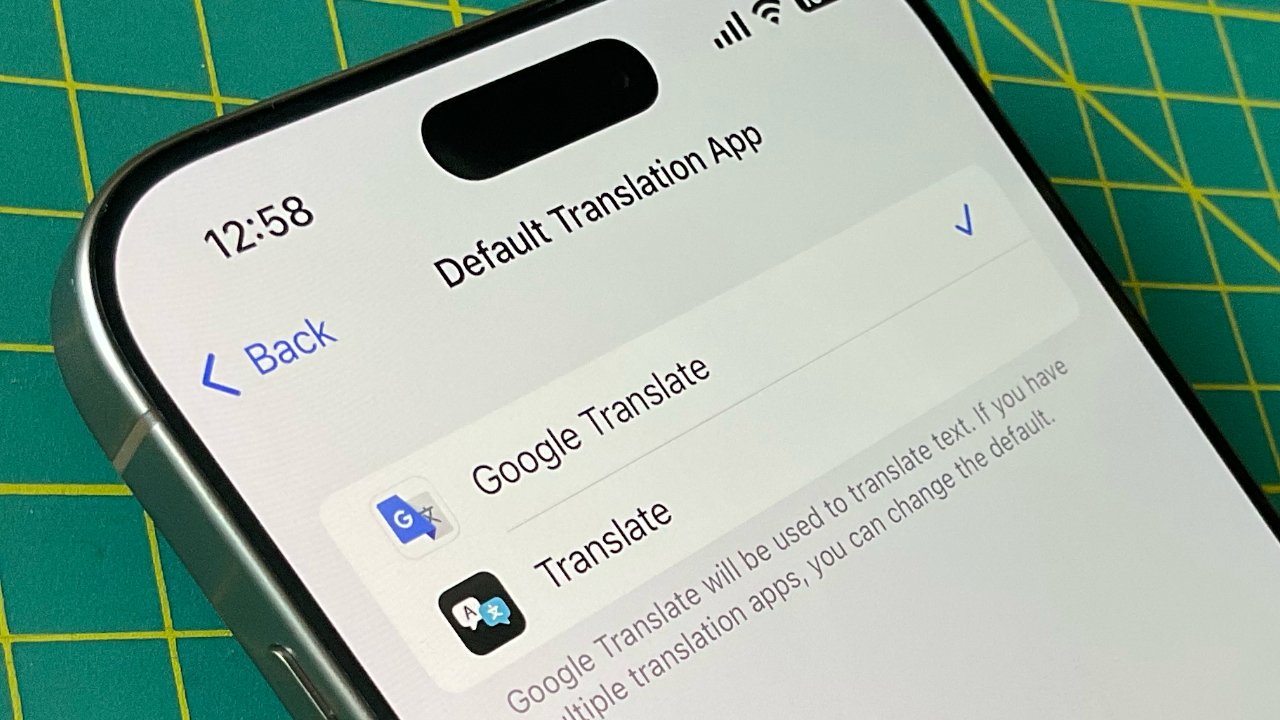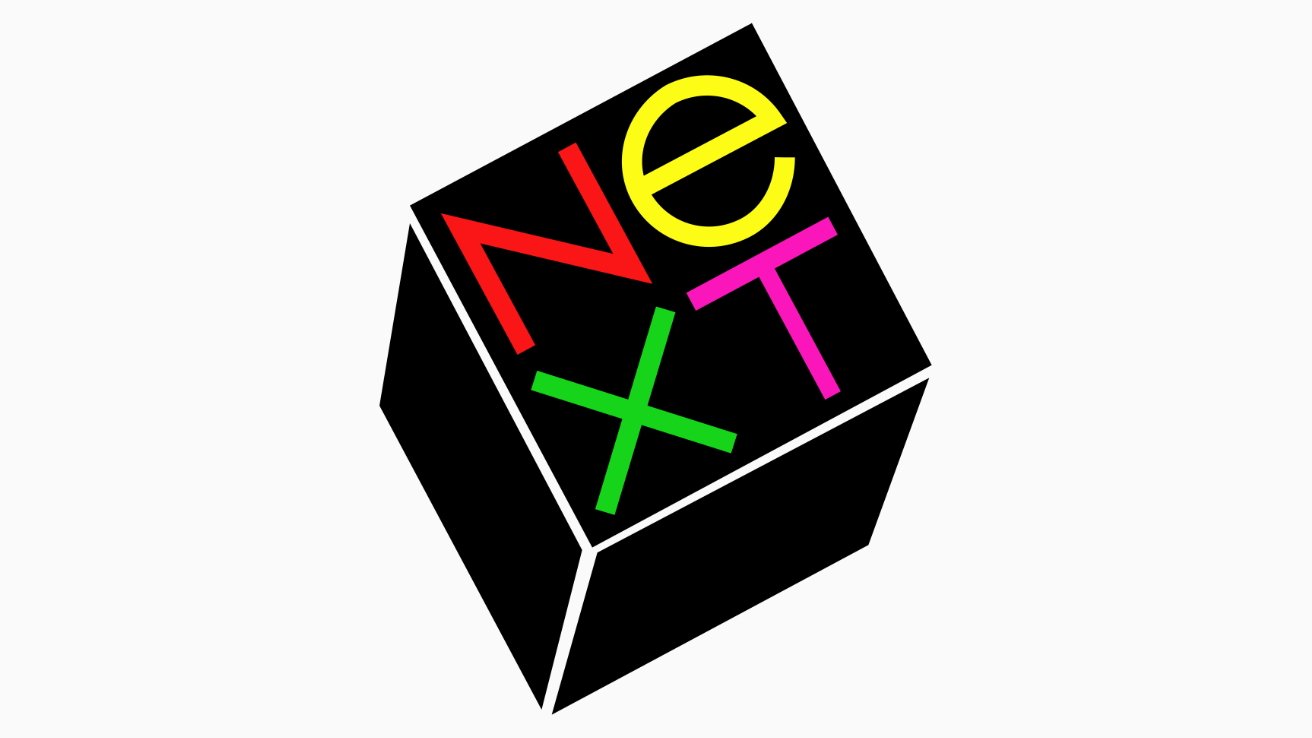Apple’s Calendar app has long been a staple for iPhone users, offering a straightforward interface for managing daily schedules. While numerous third-party calendar applications provide advanced features, Apple’s native app maintains a loyal user base due to its deep integration with iOS functionalities. A standout feature that exemplifies this integration is the app’s ability to recognize and act upon date and time information across various applications, streamlining the process of scheduling events.
Seamless Event Creation Across iOS
One of the most compelling aspects of Apple’s Calendar app is its utilization of iOS’s ‘data detectors’ system. This technology identifies specific types of information, such as dates and times, within text across different apps. When a user encounters a proposed meeting date and time in applications like Messages or Mail, iOS highlights this information, allowing for immediate action.
Upon tapping the highlighted date or time, a contextual menu appears with several options:
– Add to Calendar: Initiates the creation of a new event within the Calendar app, pre-filled with the detected date and time.
– Add to Reminders: Creates a new reminder associated with the specified date and time.
– Show in Calendar: Opens the Calendar app to the specific date and time, providing a quick overview of existing events.
– Copy Event: Copies the event details to the clipboard for sharing or further action.
This functionality significantly reduces the steps required to schedule events, enhancing user efficiency. For instance, when receiving a message proposing a meeting, users can swiftly add it to their calendar without leaving the current app, ensuring that scheduling is both prompt and contextually relevant.
Comparative Advantage Over Third-Party Applications
While third-party calendar apps like Fantastical offer advanced features such as natural language processing and customizable calendar sets, they often lack the deep system integration that Apple’s Calendar app provides. The exclusive ability to interact seamlessly with iOS’s data detectors gives Apple’s native app a distinct advantage in terms of convenience and speed.
Users who prefer third-party apps for their advanced functionalities might find themselves missing out on this level of integration. Although it’s possible to add various calendars to Apple’s Calendar app to benefit from these shortcuts while primarily using a third-party app, this approach can lead to increased complexity and potential synchronization issues.
Potential for Future Enhancements
The current limitation of this feature is its exclusivity to Apple’s Calendar app. If Apple were to introduce a system-wide default app setting for calendars, it could allow third-party applications to leverage the same data detection capabilities, providing users with more flexibility in choosing their preferred calendar app without sacrificing integration benefits.
Until such enhancements are made, users seeking a seamless and efficient scheduling experience may find Apple’s Calendar app to be the most effective option, thanks to its unique integration with iOS’s data detection system.
User Experience and Feedback
Many users have expressed appreciation for this feature, noting its impact on their daily productivity. The ability to quickly add events from messages or emails without manual entry reduces the cognitive load associated with scheduling, allowing users to focus more on their tasks and less on administrative details.
However, some users have pointed out the desire for more customization options within the Calendar app, such as the ability to enable or disable specific Reminders lists when viewing them alongside calendar events. Addressing these user requests could further enhance the app’s functionality and user satisfaction.
Conclusion
Apple’s Calendar app exemplifies the benefits of deep system integration, offering features that streamline event creation and management across iOS. While third-party applications provide valuable advanced functionalities, the native app’s seamless interaction with iOS’s data detectors presents a compelling case for users prioritizing efficiency and convenience in their scheduling practices.



